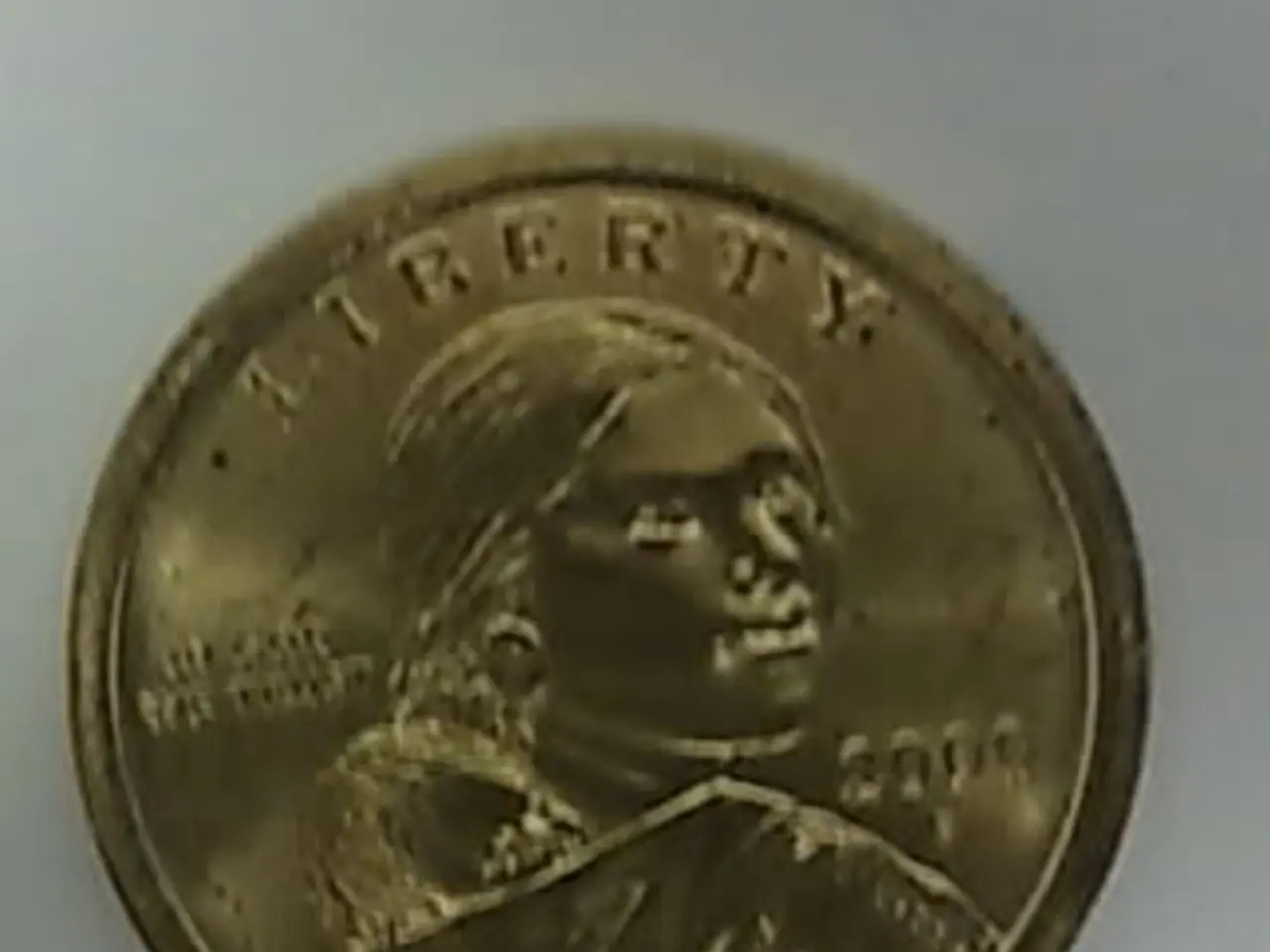Elevated gold prices to persist throughout the remainder of the year
In recent months, gold prices have been on a steady upward trajectory, with the precious metal reaching a new high of $3,429 per ounce by the end of August. This marked a 4% increase and a total year-to-date gain of 31%.
The World Gold Council attributes this strong performance to a combination of factors, including ongoing geopolitical crises, increasing risks from stagflation, and strong global gold ETF flows. The most significant contributors to August's price performance, according to the WGC's Gold Return Attribution Model (GRAM), were a drop in the US dollar early in the month, continued geopolitical tensions, and robust global gold ETF flows.
The fundamentals point to further upside, supported by incoming Fed rate cuts, a weaker US dollar, and resilient investment demand. For long-term investors, gold offers stability against risk events, a reliable longer-term store of value, and portfolio diversification.
The growing unease about stagflation could cause rates to remain sticky, providing an additional boost to gold prices. Should rates across the curve start to drop, a ramp up in gold buying could be triggered, particularly in the US. COMEX managed money net longs saw inflows of $2 billion (+16 tonnes) in August.
The curve is currently steepening as the short end drops on Fed cut hopes, but the long end remains high on risk premia and future inflation concerns. This dynamic seems to be influencing futures traders, who appear more focused on rate dynamics.
The most important recent gold investors influencing the price are central banks—including notably the Chinese central bank, which has increased its gold reserves for ten consecutive months—and large institutional investors such as ETFs (e.g., SPDR Gold Shares) that saw inflows of approximately $3 billion in days. Large speculative traders have also significantly increased their net long positions amid expectations of U.S. interest rate cuts.
Geopolitical strain and diverging reserve diversification by central banks and sovereign wealth funds have further underpinned demand for gold. Asia and other regions saw outflows of gold from ETFs, while North America and Europe saw inflows of $5.5 billion (53 tonnes) in August.
ETF investors are most concerned about stagflation, followed by retail bar and coin buyers, while fast money futures investors are focused on rate trajectory. A higher chance of a September rate cut has also played a role in gold's positive momentum.
As uncertainty remains, gold is set to remain a key focus for both global and UAE investors. The dimming appeal of traditional bonds, due to long-end yields, has nudged investors toward tangible assets like gold and silver. Despite a much weaker US dollar, gold gained in all major currencies, indicating a strong global demand for the precious metal.
Read also:
- visionary women of WearCheck spearheading technological advancements and catalyzing transformations
- Recognition of Exceptional Patient Care: Top Staff Honored by Medical Center Board
- A continuous command instructing an entity to halts all actions, repeated numerous times.
- Oxidative Stress in Sperm Abnormalities: Impact of Reactive Oxygen Species (ROS) on Sperm Harm








